Introduction There’s a lot of buzz surrounding OpenAI’s Strawberry. Some claim it could be the break...
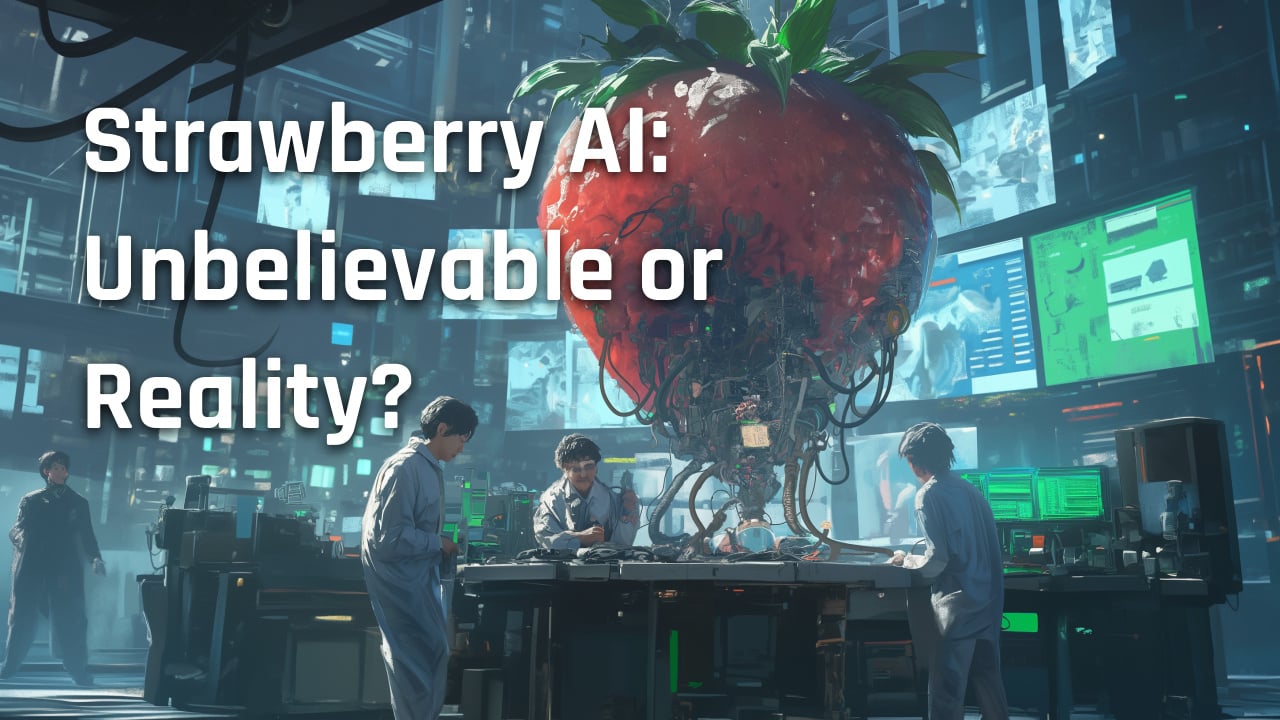

Introduction There’s a lot of buzz surrounding OpenAI’s Strawberry. Some claim it could be the break...
Introduction As AI continues to evolve, many believe future models like GPT-5 or GPT-7 will soon add...
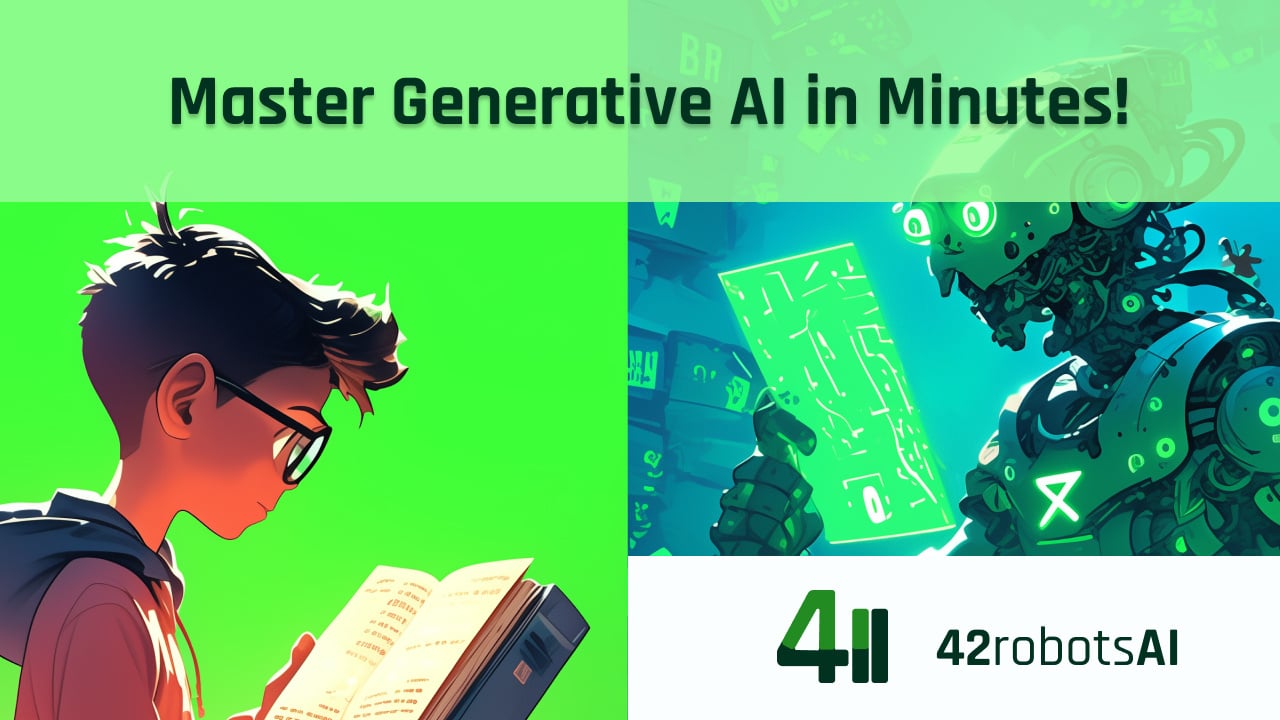
Introduction Generative AI, specifically Large Language Models (LLMs), has transformed how businesse...

Introduction Artificial Intelligence (AI) is revolutionizing the way businesses operate and innovate...
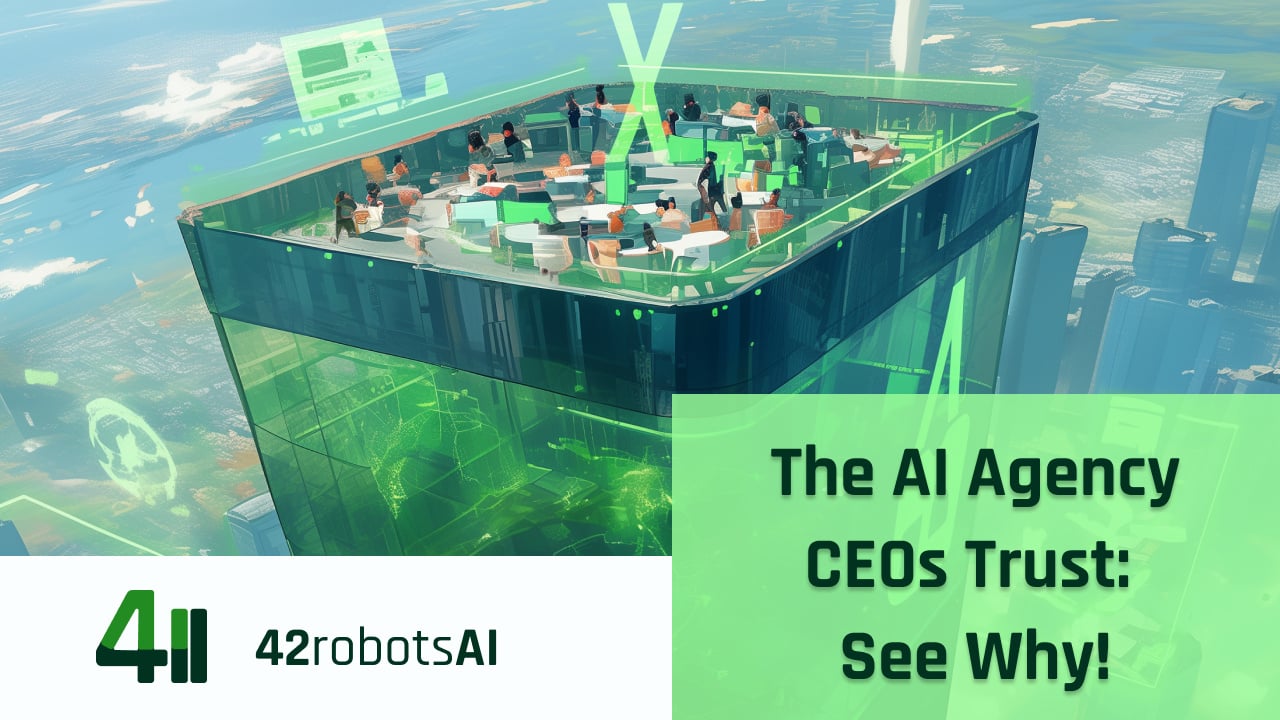
Introduction Hiring an AI implementation agency is a game-changer for businesses looking to harness ...
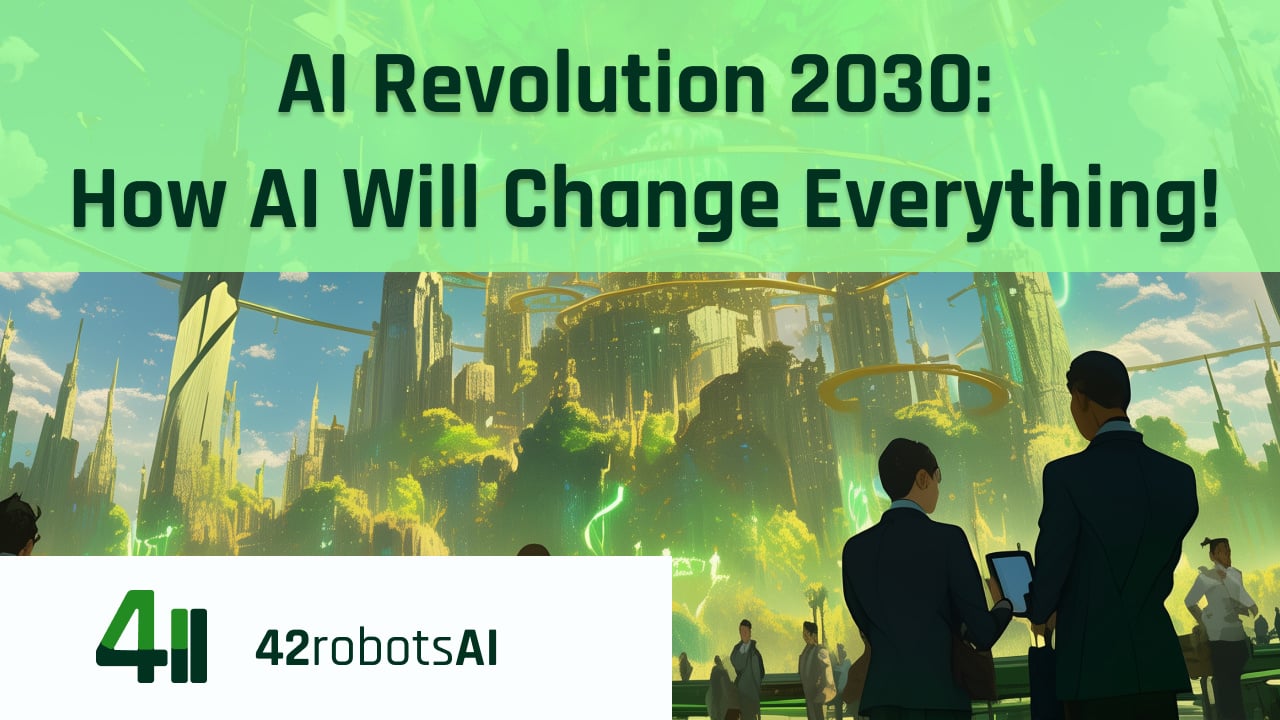
Introduction As AI technology rapidly advances, understanding its future can seem like navigating a ...
.jpg)
Introduction In recent years, AI has transformed the way businesses operate, offering the potential ...
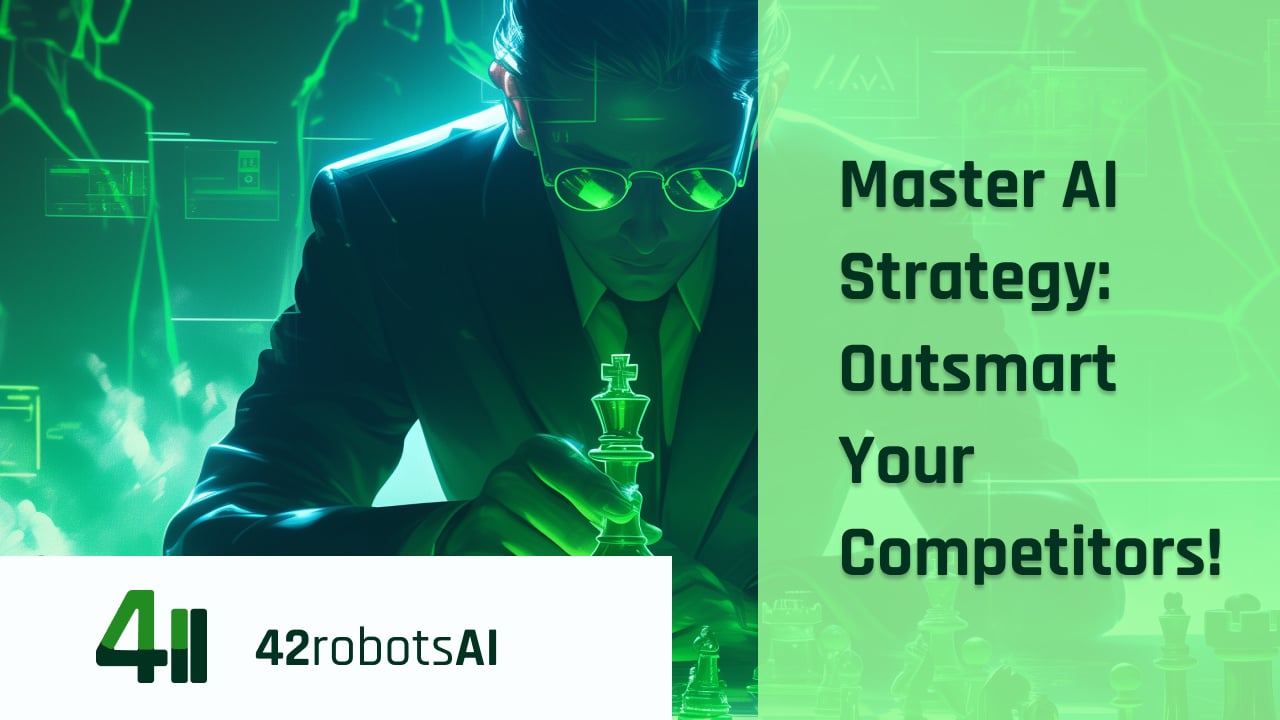
Introduction As we navigate through an era of rapid digital transformation, artificial intelligence ...
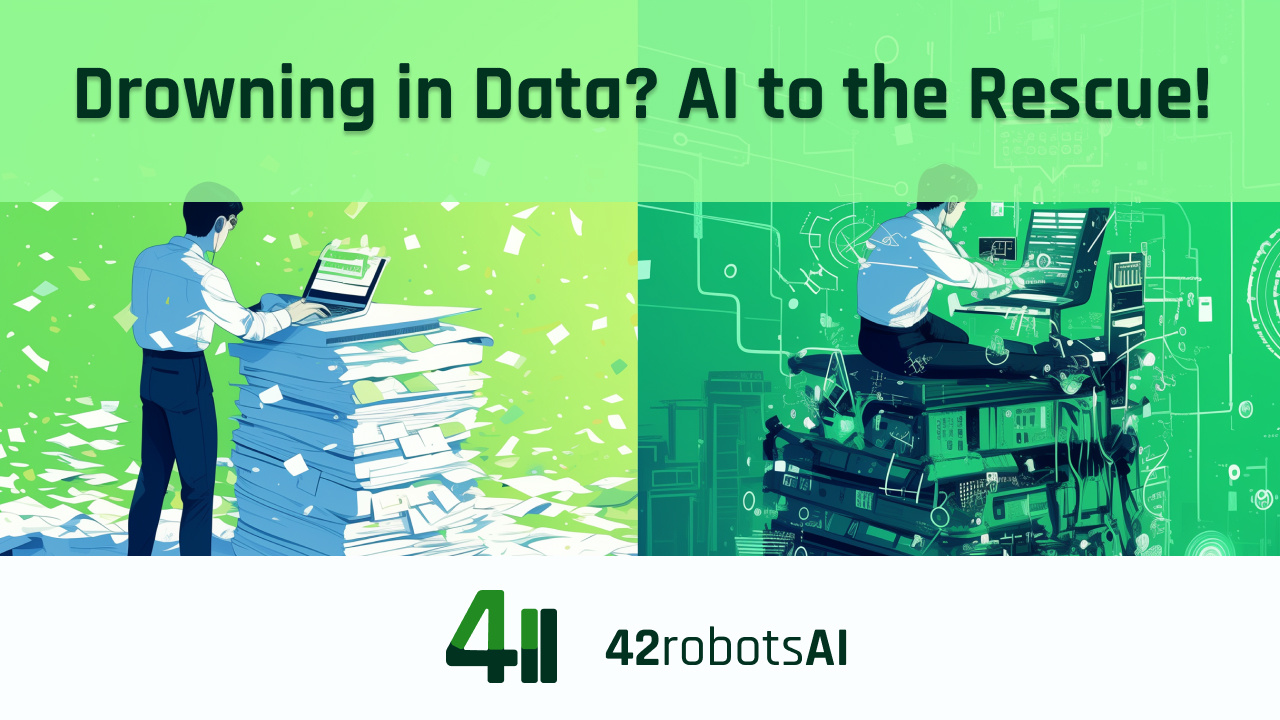
Introduction Artificial Intelligence (AI) has moved beyond hype to become a critical tool for busine...
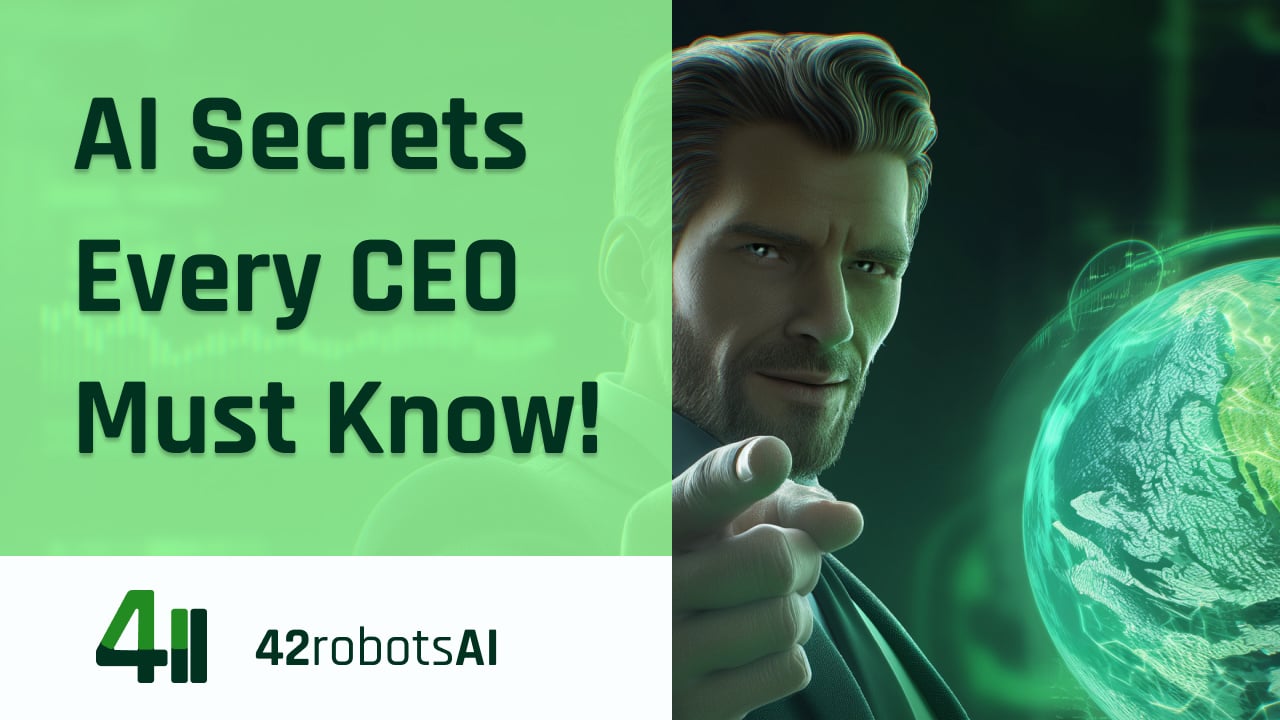
Introduction It's easy for business leaders to get caught up in fantastical ideas about what AI can ...
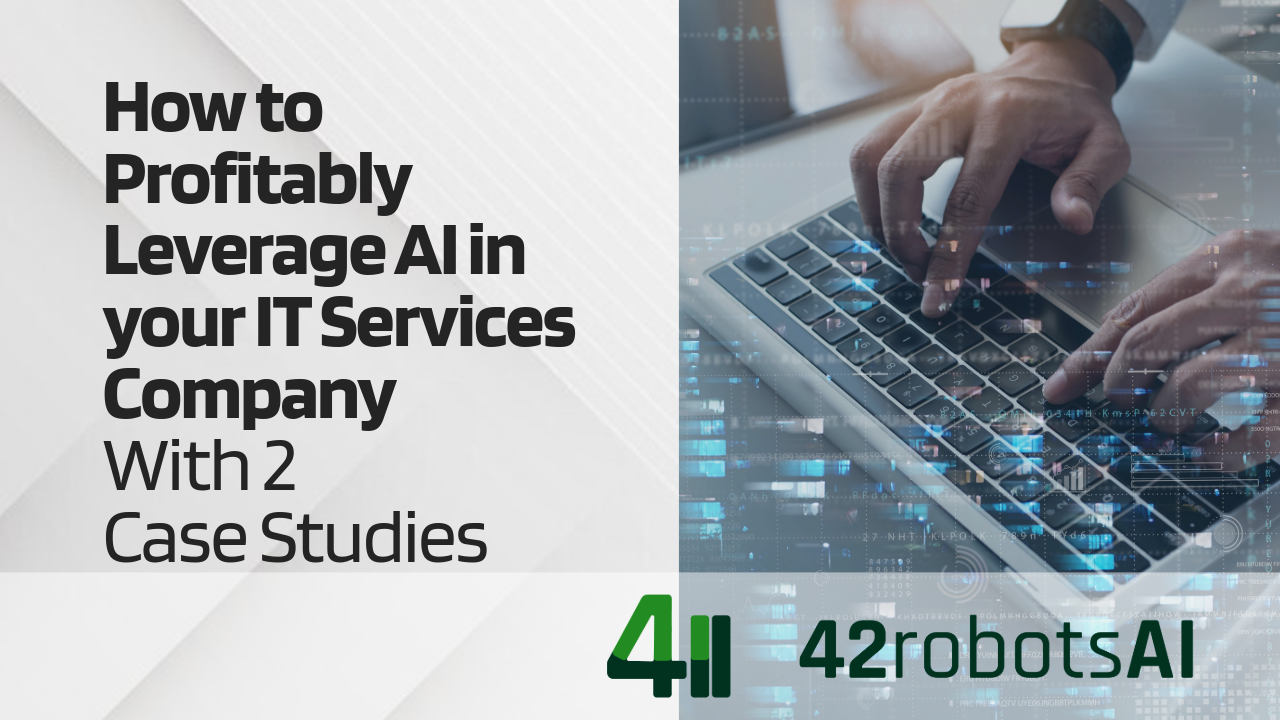
The IT services industry is evolving rapidly, and AI is at the forefront of this transformation. Fro...
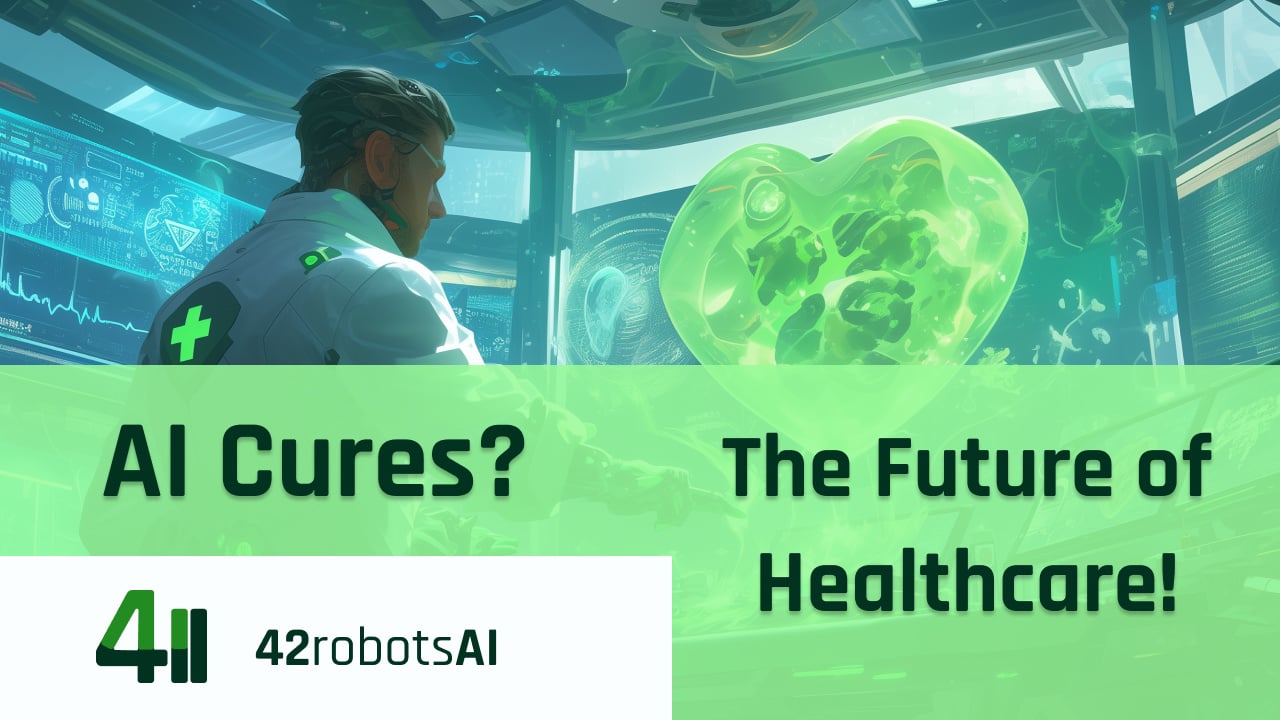
Introduction Artificial Intelligence (AI) is revolutionizing various sectors, and healthcare is no e...